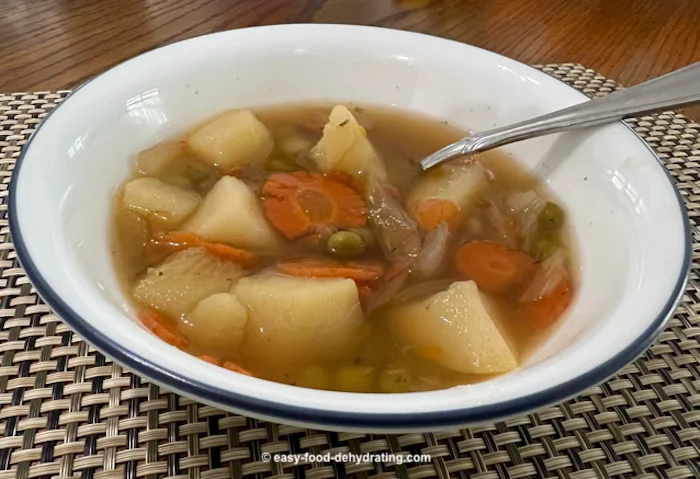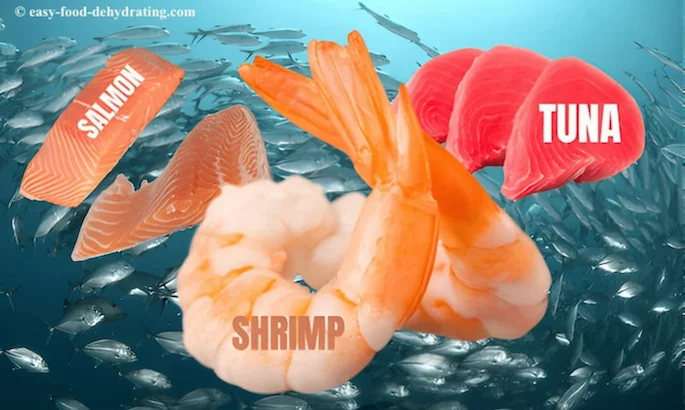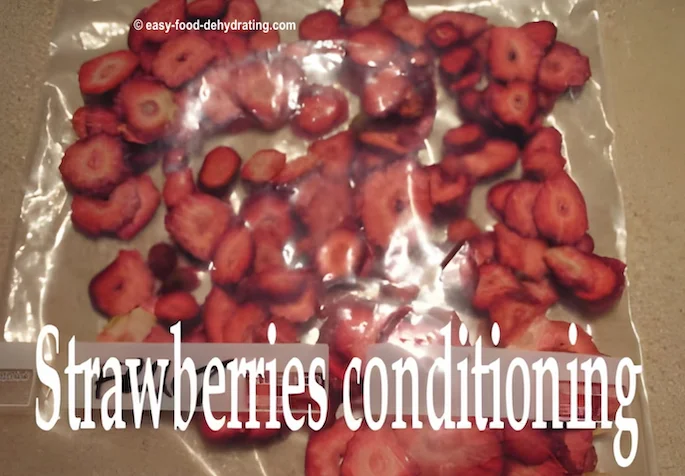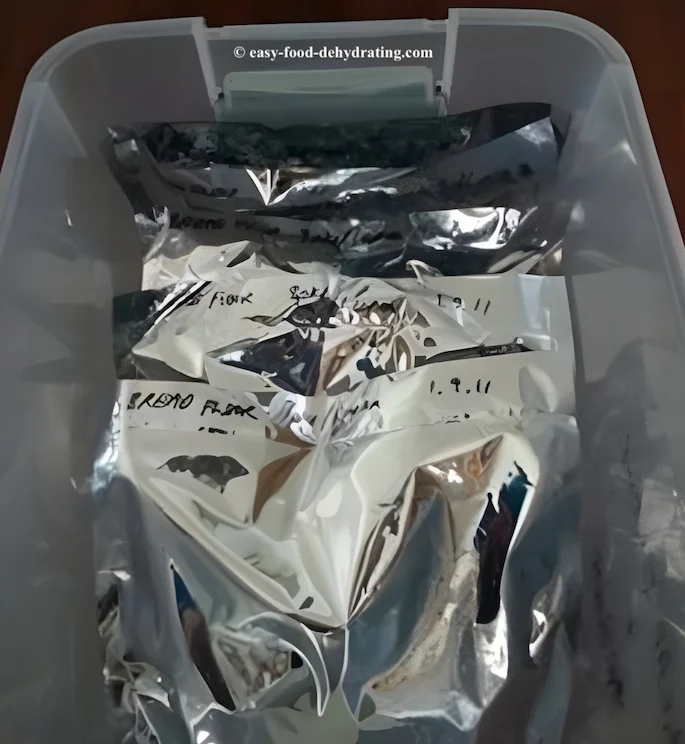- Home
- How to Dehydrate Fruit: Easy Tips for Perfect Results
- How to Dehydrate Blueberries and Cranberries
How to Dehydrate Berries: Blueberries
and Cranberries the Easy Way

Susan Gast, Author | Blogger at Easy Food Dehydrating, Bored Boomers, Beesville Books, and A New Sober You
Today, we’ll cover how to dehydrate berries at home, namely blueberries and cranberries — no fancy tools required!
They're not just seasonal treats — they're perfect pantry staples when dehydrated the right way.
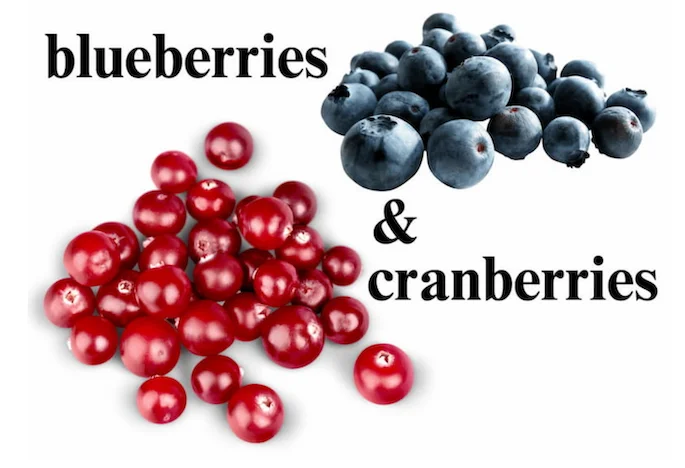
You'll find that it's well worth the time and effort because you can then enjoy berries all year 'round!
Check out how to dehydrate strawberries here.
Quick FAQs: Get All Your Berry Dehydrating Questions Answered
Blueberries & Cranberries
Are dried blueberries as healthy as fresh?
Are dried blueberries as healthy as fresh?
Dried blueberries are still very healthy, but fresh blueberries have slightly higher nutrient levels which isn't surprising.
Benefits of dried blueberries:
- Antioxidants like anthocyanins and polyphenols remain largely intact through drying. These lower inflammation and disease risk.
- Fiber levels concentrate during dehydration, benefiting digestion and weight management.
Some nutritional losses: Vitamin C and vitamin B6 see up to 50% nutrient degradation from heat and oxygen exposure during drying.
Can you dehydrate frozen blueberries?
Can you dehydrate frozen blueberries?
Yes! And you can "skip the dip" of boiling water because the manufacturer has done that step for you!
Are dried cranberries good for you?
Are dried cranberries good for you?
Yes, dried cranberries are a healthy and nutritious snack when consumed in moderation. Here are some of the main benefits of dried cranberries:
- High in Antioxidants - Dried cranberries contain polyphenol antioxidants which help combat inflammation.
- Rich in Nutrients - Cranberries deliver concentrated amounts of beneficial minerals like manganese, copper, vitamin E, vitamin K, and more despite their small size.
- Aid Urinary Tract Health - Compounds like proanthocyanidins may prevent bacteria from sticking to surfaces, promoting UTI-fighting benefits.
- Contain Prebiotic Fiber - The natural plant fibers feed healthy probiotic bacteria populations in the gut, boosting digestion.
- Low in Calories - With only 80 calories per 1 ounce serving, dried cranberries are a smart snacking choice, especially in place of unhealthy chips or sweets.
Just know that some prepackaged brands have added sugars. Always check the ingredients list and choose unsweetened varieties when possible.
And as with any dried fruit, moderating portion sizes is key to managing calories and carbs! Or better yet? Dry your own cranberries!
How long do dehydrated berries last?
How long do dehydrated berries last?
When properly stored in airtight containers in a cool, dark place, dehydrated blueberries and cranberries can last up to 12 months.
For best flavor and texture, consume within 6–9 months. Vacuum-sealing or adding oxygen absorbers and desiccant packets can extend shelf life even further!
How do you rehydrate cranberries?
How do you rehydrate cranberries?
Here are a few simple methods for rehydrating dried cranberries:
- Hot water or cranberry juice - Place dried cranberries in a heat-proof bowl and cover with hot (not boiling) water, cranberry juice, or an equal mixture of both. Let sit for 15-30 minutes.
- Steam method - Place dried cranberries in a steamer basket or colander suspended over a pot of simmering water. Cover and steam for 5-10 minutes, until plump.
- Soak in cold liquid - For a more gradual rehydration, cover dried cranberries with cool water or juice in an airtight container. Refrigerate, allow to soak overnight or up to 24 hours.
- Microwave - Microwave dried fruit in a microwave-safe bowl, covered with water or juice, for 30 seconds at a time. Stir and check after each interval to prevent overheating.
- Add to recipes - Dried cranberries can be rehydrated directly inside recipes like trail mixes, oatmeal, salads and more as they absorb moisture from the other ingredients.
Rehydrated cranberries work wonderfully in both sweet and savory dishes with their chewy texture. Enjoy their versatility!
Blueberries Nutrition Info.
VITAMINS: Vitamin A, and Vitamin C, followed by Vitamin K. They have trace amounts of Folate, Choline, Niacin, Vitamin E, Betaine, Thiamine, and Riboflavin.
MINERALS: Phosphorus, Magnesium, and Calcium, with trace amounts of Manganese, Iron, Zinc, and Copper.
These fantastic berries contain Omega-3 and Omega-6 fatty acids too.
Cranberries Nutrition Info.
VITAMINS: Vitamin A, and Vitamin C, followed by Vitamin K, and Choline, plus trace amounts of Vitamin E, Folate, Pantothenic Acid, and Betaine.
MINERALS: Potassium, Phosphorus, Calcium, and Magnesium, with trace amounts of Manganese, Iron, Selenium, Zinc, and copper.
They also contain Omega-3 and Omega-6 fatty acids too.
Blanching Berries: Skip It or Not? Here’s the Insider Tip
There are a few key reasons for blanching many fruits, or vegetables, in boiling water prior to dehydrating them:
- Inactivates Enzymes - Blanching helps halt the action of enzymes that change colors, textures, flavors or cause undesirable ripening during drying. Blanching preserves quality better.
- Cleans the Surface - The hot water loosens dirt and debris to give produce a thorough surface clean before dehydrating. This includes removing wax residues.
- Precooks Slightly - Softening fibers through brief hot water baths lets moisture exit cells much easier when dehydrating - this means your berries dry faster.
- Improves Appearance - For vibrant foods like carrots, blanching locks in brighter pigments before drying.
Shortcut Alert: How Frozen Berries Save You Time
Yes, skip the blanching dip in boiling water! How? Buy FROZEN blueberries and cranberries!
We can skip the step because the manufacturer has already done that (blanching) step for us. How neat is that? Plus, you won't get stained fingers ... :-)
Step-by-Step: How to Dehydrate Berries
If using a frozen variety, ignore steps 1 and 2
- Prepare your berries of choice by rinsing them in a sieve and removing the stems.
- Dip them into boiling water until you see their skins crack! This helps in the dehydrating process.
- Arrange them on your food dehydrator trays, making sure they don't touch each other so that air can circulate.
- Turn on your dehydrator and set the temperature between 125°F and 135°F (or per your food dehydrator's instructions).
💡 Tip: Use our Fahrenheit to Celsius converter here on our site!
- They will feel leathery when dried sufficiently.
- Drying time: between 10-18 hours.
- Remember to rotate your food dehydrator trays, for even drying.
The Old Farmer's Almanac is a great go-to for discovering the best berry-picking times. For blueberries click here. Learn how to harvest cranberries here at Wikihow.
Meet Your Match: The Best Blueberry Varieties to Grow
There are several different types of blueberries that you can grow. Some of the most popular varieties include:
Highbush Blueberry: This blueberry is the most common type of blueberry grown in the United States. It has a sweet flavor and is often used in pies or jams.
Lowbush Blueberry: This variety is native to Canada. Lowbush blueberries have a tart flavor and are often used in pies or sauces.

Blueberry Basics: How to Grow Bountiful Blueberries at Home
Blueberries are grown in acidic soil and need full sun and moist soil to grow well.
Watering blueberry plants regularly is important, as they will not tolerate drought conditions.
They are typically harvested in the summer after the fruits have turned blue.
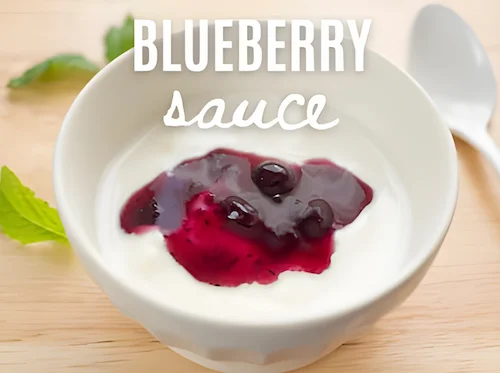
Easy Homemade Blueberry Sauce: A Quick Recipe You'll Love
Ingredients:
- 1 pint fresh blueberries
- 1/2 cup white sugar
- 1/4 cup water
- 1 tablespoon cornstarch
- 1 teaspoon vanilla extract
Directions:
- In a saucepan, combine blueberries, sugar, and water.
- Cook over low heat until the sugar is dissolved and the blueberries are soft for about 10 minutes.
- Mash the blueberries with a spoon or an immersion blender.
- In a small bowl, whisk together cornstarch and vanilla extract. Add this mixture to the blueberry sauce and stir until thickened.
- Pour into a serving dish and refrigerate until chilled.
Cranberry Varieties: Which Ones Are Best for Home Growers?

There are several different types of cranberries that you can grow. Some of the most popular varieties include:
American Cranberry: The American cranberry is the most common type of cranberry grown in the United States. It has a tart flavor and is often used in pies or sauces.
Northern Cranberry: The northern cranberry is native to Canada. This type of cranberry has a sweet flavor and is often used in desserts or as a garnish.

How Do You Grow Cranberries?
Cranberries are grown in wet, acidic soil and need full sun and moist soil to grow well.
Watering cranberry plants regularly is important, as they will not tolerate drought conditions.
They are typically harvested in the fall after the fruits have turned red.
Where are Commercial Cranberries Farmed?
Here are some of the major areas where cranberries are commercially farmed:
- Massachusetts - This state is one of the top producers of cranberries in the world. The Cape Cod region has an ideal climate and terrain for cranberry bogs.
- Wisconsin - Wisconsin is another major hub of cranberry production in the U.S., particularly in the central and northern regions of the state.
- New Jersey - New Jersey has long been a leader in cranberry cultivation, with large operations in the Pine Barrens area.
- Oregon - The Pacific Northwest, including coastal regions of Oregon, has significant commercial cranberry farms.
- Washington - Washington state also produces sizable cranberry crops, benefiting from its moist climate.
- Quebec - Quebec, Canada, is by far the largest producer with massive cranberry bogs.
- Chile - Cranberries in the Southern Hemisphere: Chile is a major growing region.
Other significant cranberry farming areas include British Columbia in Canada, northeastern U.S. states like New York and Maine, and some European countries like Germany.
Festive Favorite: Make Your Own Cranberry Sauce Easily
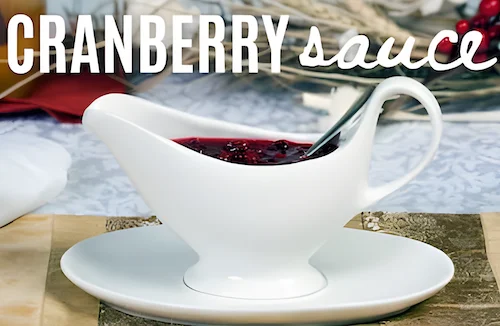
Here is an easy recipe to make your own Cranberry Sauce:
Ingredients:
- 1 package fresh cranberries (12 oz)
- 1 cup white sugar
- 1 cup water
Directions:
- In a saucepan, combine cranberries, sugar, and water.
- Cook over low heat until the sugar is dissolved and the cranberries are soft for about 10 minutes.
- Mash the cranberries with a spoon or an immersion blender.
- Pour into a serving dish and refrigerate until chilled.
A Slice of Heaven: Cranberry-Pineapple Pie You’ll Crave
Make this Cranberry-Pineapple Pie today...
Mom's Cranberry and Pineapple Pie.
Mom makes this decadent pie for special occasions—like birthdays—and always at Christmas time. So, now you know how to dehydrate berries. Make this a new holiday favorite at your house!
Thanks for stopping by to learn all about how to dehydrate berries. Have fun!
Grab 5 Dried Food Recipes You'll Actually Love
Don't forget to grab a copy of our all new
5 Dried Food Recipes (That Actually Taste Great)
They're my all-time favorite easy dried food meals!
Get it here right now.
For Free!
Before You Go...
If you like the content, please give me some love by clicking on the 🩷 in the lower right-hand corner (on just about all my pages). This signals to me that you find it enjoyable and useful.
And don’t forget to grab your FREE 5 Dried Food Recipes via the opt-in form — they're waiting for you! Thank you so much! (Get it here).











